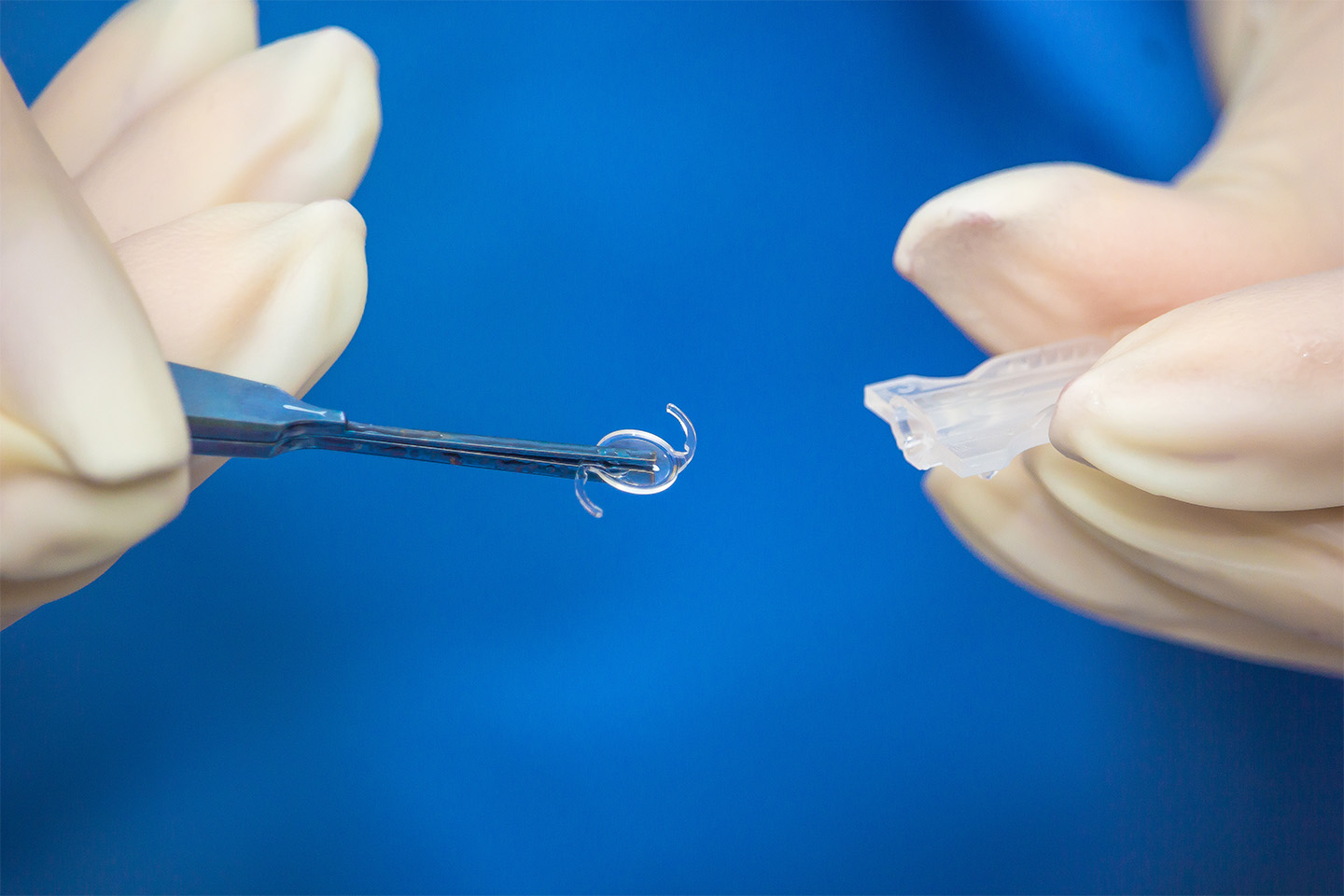Cataract Awareness Month: 3 Types of Cataracts and Treatment Options

Prevent Blindness has declared June Cataract Awareness Month to educate people on the symptoms, risk factors, and treatment options of this condition. By 40, 1 in 6 people have started developing this common eye condition. By the age of 60, nearly half of all Americans have cataracts in at least one eye. So, the chances that you will develop cataracts are high as they are a natural part of aging.
However, not all cataracts are created equal, so it’s important to know which type you’re most at risk for and the importance of early detection and treatment to save your vision.
What are Cataracts?
Cataracts occur when proteins build up on the eye’s lens and cause clouding. Depending on the type of cataracts you have, you may experience any number of symptoms, including:
- Blurry vision
- Double vision
- Halos around lights
- Changes in night vision and depth perception
- Light sensitivity
- Difficulty reading
- Loss of color vision
Three Common Types of Cataracts
Three common types of cataracts may impact your vision based on where and how they develop in the eye:
1. Nuclear Sclerotic
This form of cataracts involves the clouding and eventual hardening of the nucleus (the center of the lens). Nuclear sclerotic cataracts typically develop slowly over the years and gradually affect the eye’s ability to focus and see clearly. Many patients with this type of cataract experience a near-sighted shift in their glasses prescription.
2. Cortical
Cortical cataracts begin as areas of white cloudiness that form on the outer edges of the lens, known as the cortex. This condition then spreads inward and creates a star pattern.
This formation results in the scattering of light that enters the eye, causing blurring and glare. People with this form of cataracts will also have trouble judging color contrast and depth perception. Diabetes increases your risk for cortical cataracts.
3. Posterior Subcapsular
Posterior Subcapsular cataracts form as small, cloudy, normally central areas beneath the lens capsules (the sac membrane that surrounds the lens and holds it in place.)
This type of cataract progresses rapidly within months, causing symptoms like glare, halo, and difficulty reading. People with diabetes, strong nearsightedness and steroid use are more likely to experience this variety.
Cataract Treatment Process
If you suspect you are developing cataracts, it’s vital to schedule an appointment with the ophthalmologists in greater Dallas. Our experts in cataract surgery will track your progression and complete your procedure once it becomes necessary.
Cataract surgery in greater Dallas involves removing the clouded lens and replacing it with one of our premium intraocular lens options. While surgery can restore 20/20 to 20/40 vision in most people, various surgical options may allow you to be free of glasses afterward. With the traditional option, you will still need at least reading glasses.
Cataract surgery recovery is a relatively quick process. You should notice visual improvements in the days following your procedure. While discomfort usually subsides within a few days, keep in mind to avoid rubbing or pressing your eye in those instances. Most people can resume normal activities within one or two days after surgery, but the main restrictions of not lifting anything over 20 pounds or bending at the waist are in place for one week following the surgery. However, complete healing usually takes about one month.
Even though cataracts are a leading cause of vision loss without treatment, you don’t have to experience that outcome. With proactive eye care, it’s possible to diagnose and treat your condition early and maintain pristine vision even as you get older. Contact our offices today for a consultation.









